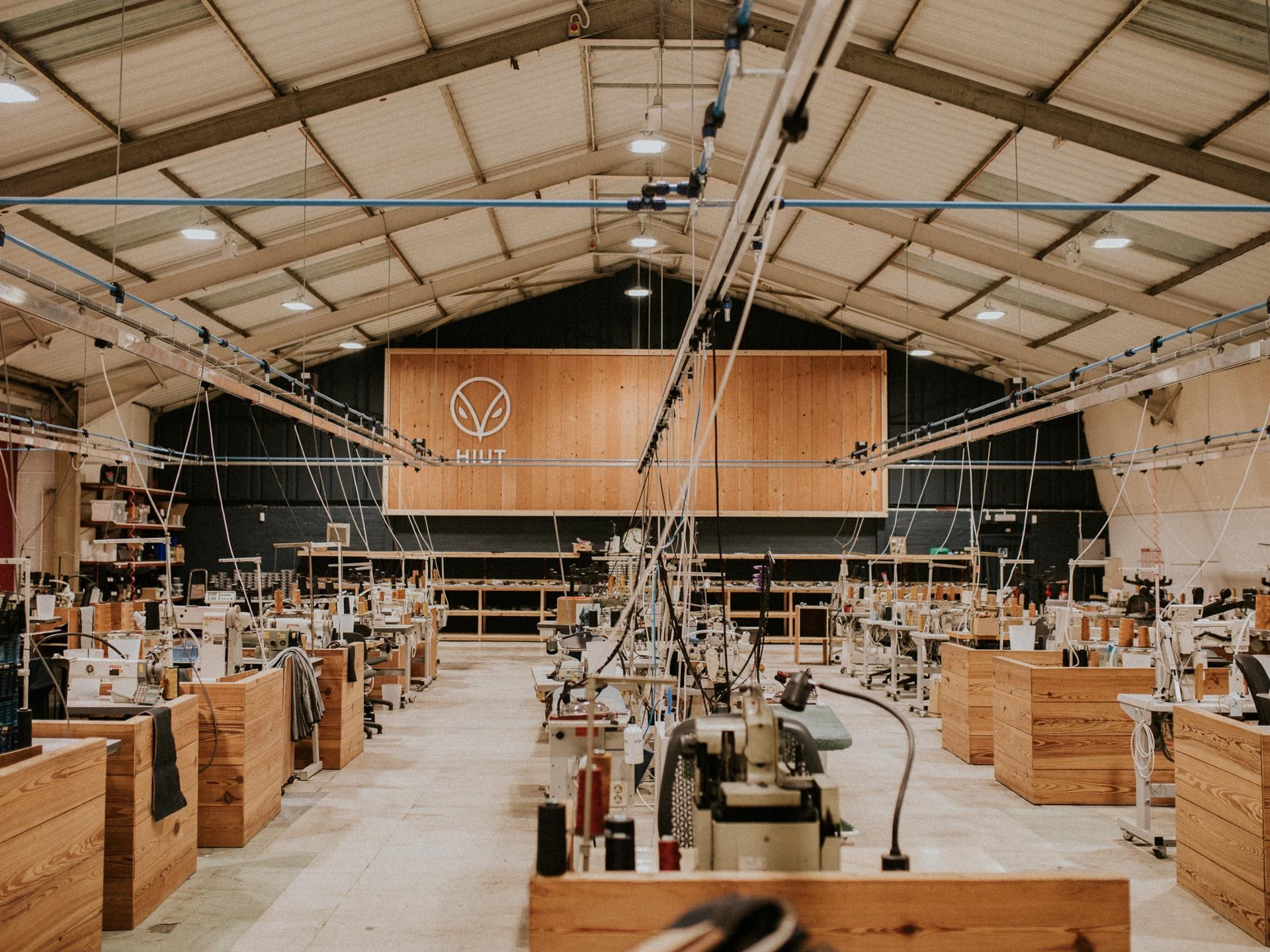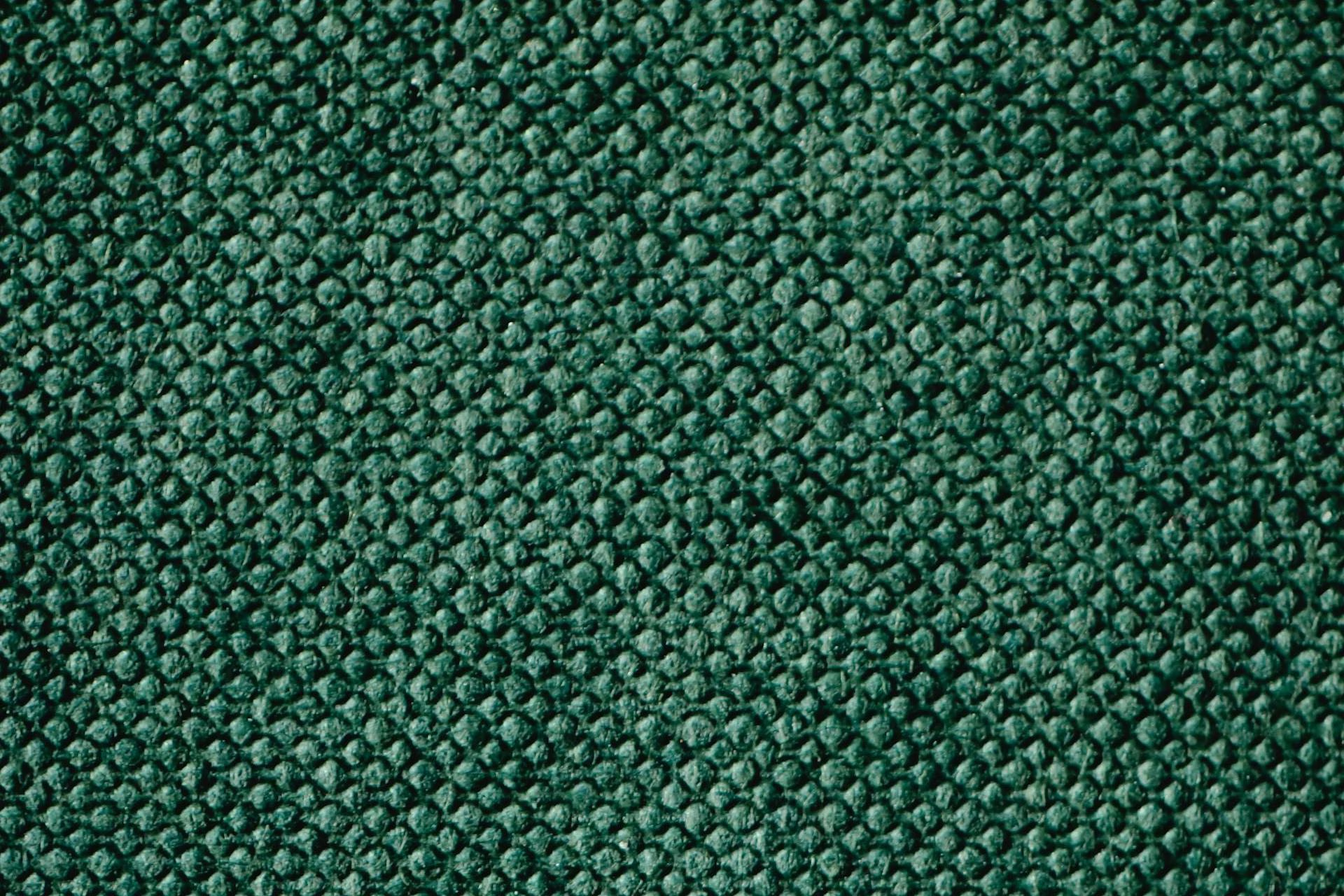If greenwashing is out of control anywhere, then it’s in fashion.
The industry is responsible for an estimated 10% of global carbon emissions, as well as an appalling amount of waste that pollutes low-income countries. The ‘fast fashion’ sector, especially, is notorious for its devastating impact on the planet and its people.
But awareness is rising and folk are seeking better things to wear. The global sustainable fashion market was valued at $8.1 billion in 2024 and is expected to more than quadruple in value by 2033. This surging growth is driven by demand, as 79% of people think that buying sustainable fashion is important, and clothes-hunters are willing to spend an average of 9.7% more on sustainably produced or sourced goods.
Of course, this means that fashion brands are doing their best to convince buyers that their garments are responsibly made, even when they are not responsibly made.
So how to spot it and what does a great example of sustainable fashion look like? Let’s take a closer look.
Greenwashing in fashion: 8 red flags & examples
First of all let’s take a look at some examples of what greenwashing in the fashion industry can look like.
Uncertified ‘eco’ claims
Lift some clothing from a rack, or look at the description on a website, and before long you will be met with some persuasive language, selling you the kindness of the garment in your hands. But a lot of it is meaningless, without any legal definition. We’re talking about terms like ‘conscious’, ‘responsible’, ‘eco’, ‘earth friendly’, ‘non-toxic’ even ‘sustainable’.
Eco claims should be backed by reputable certifications and if those are absent, to leave just the general blah blah blah about being green, then be skeptical.
And there is good reason to be skeptical. A few years ago, a study from the Changing Markets Foundation found that the majority of green claims made by fast fashion brands were false. The number rose to a shocking 96%in some cases – such as H&M and its, ahem, ‘conscious collection’.
Isolated eco ranges
A lenient view of sustainability would offer that it’s a transition. That it’s unfair to expect perfect sustainability overnight. Even brands with a bad history need time to change. And that’s fair. It’s true.
Still, if a fast fashion brand has one eco collection amid 100 other trendy fast fashion collections made irresponsibly, then that’s simply greenwashing.
So, as well as the individual range you must consider the other ranges on offer. If the bulk of a brand’s clothing is just business-as-usual, then the isolated eco range is just to target the demographic looking for more sustainable clothing. In other words, to sell more.
Instead, expect a brand invested in sustainability to make all, or the vast majority, of ranges in a responsible way.
Lots of synthetics
A lot of folk don’t realise that synthetic fabrics like polyester are just plastic; made from fossil fuels – specifically petroleum. It shouldn’t take a detective to figure out that wearing petrol is not great for the planet.
But often it does take an investigation because synthetic textiles can be cleverly hidden away.
Check for synthetics by closely examining labelling or websites, while knowing what common synthetics are (e.g. polyester, nylon, elastane, spandex). Sometimes a small amount is justifiable because it can contribute to garment durability, which is part of its sustainability. But you should not expect large percentages of over 10%.
Synthetics can be hard to avoid, though, which is why even revered brands like Patagonia still use them but with a focus on recycled textiles. In these cases, check for certifications, such as GRS (Global Recycling Standard).
Absent circularity
Brands that greenwash often fixate on the point of sale and ignore what happens to a garment after it’s loved. Which happens quickly, some stats show we only wear a garment seven times before it’s lobbed away.
With such a throwaway culture, a better fashion industry demands an end to the linear ‘take-make-dispose’ model. If a brand does not offer any pathway for an item to be kept in use – such as a repair service, a take-back scheme for resale/donation, or a textile recycling program – then they could be contributing to the vast problem of fashion waste, which is often exported. A lack of circular commitment suggests the brand is focused solely on selling new clothes, not on minimizing their impact.
Most sustainable fashion brands are putting circular measures in place, so if there’s silence about product circularity – it’s a rising red flag.
Single-use plastic packaging
The presence of plastic is a major red flag. If you see this being used in packaging then it’s an ominous sign. Nowadays, almost all sustainable fashion brands will deliver in some form of biodegradable or compostable packaging, for instance FSC-certified paper envelopes.
The same goes for being issued free with plastic bags within stores.

Carbon neutral
“Carbon neutral”. Yaaas! Surely that must mean a garment is sustainable!
No. Unfortunately not. These claims are almost always offset-based, or backed by unrealistic tree-planting projects. Unless paired with fundamental cuts to emissions, these promises are just marketing. This is why ‘carbon neutral’ is becoming a regrettable term that many brands are breaking up with – and is even getting banned under certain conditions in the EU, in 2026.
Sometimes these claims can extend into the distance. One example from the fashion industry is Adidas. Earlier this year they were banned in Germany for failing to outline how they’d achieve ‘climate neutrality’ by 2050.
In short, if you see ‘carbon neutral’ or, worse, ‘carbon negative’ – be wary.
Trendy, garish designs
The guzzling engine of the fast fashion industry is the creation of fleeting micro-trends that drive constant consumption.
Therefore, a major red flag is any garment that is excessively trendy or seasonal. Brands committed to sustainability actively work against this model. They prioritize timeless aesthetics, classic designs, and also match that with high-quality craftsmanship. If a brand is constantly dropping new, hyper-seasonal collections, they are encouraging the kind of high-volume turnover that is fundamentally incompatible with a sustainable business model. Sustainable clothing should be an investment to be worn for years. Not a regrettable gaudy garment bought in a moment.
Sweat shops = tough on planet
Greenwashing focuses on environmental deception but sustainability is about people too. Some places may market themselves as eco-conscious while underpaying workers, ignoring worker safety, or generally providing nasty conditions in distant sweatshops. The paradox of the planet being respected while people are being pummelled for max profit, is not going to happen. And fashion is one of the worst industries in this regard. If you need reminding, remember the Rana Plaza collapse just over ten years ago.
It can be tricky to get to the heart of a brand’s supply chain – even for brands themselves. One simple tip is checking where the garment is made. Although it’s not a hard and fast rule, worker conditions are going to be far worse in low-income countries like Bangladesh and better in EU countries like Portugal. So check where the garment is made.
And a bonus is that the emissions from transport are lower if garments are made nearby.
Case Study: Hiut Denim, Wales, UK
So, what to look for in a top-tier sustainable company in this sector? Well, let’s have a peek at Hiut Denim.
Hiut Denim Co. is based in the small town of Cardigan, Wales, a former denim manufacturing hub that had lost its industry. The company was founded on the mission to get the town making jeans again. They focus on making a single product – jeans – and making those jeans ridiculously well.

1. Built to last for ages
There are no “trendy, garish designs” (red flag 7) or “lots of synthetics” (red flag 3) here. Rather, there’s a timeless, quality-first approach:
- Timeless design: Their collection consists of classic, timeless cuts (slim, straight, wide) in dark denim, indigo and ecru. They do not chase seasonal trends and encourage customers to buy one pair and wear them for up to ten years.
- Organic and selvedge denim: They only use certified organic or regenerative cotton, and premium Japanese selvedge denim, which is known for its superior quality, durability and the character it gains when it fades. There’s no place for cheap, flimsy fabrics or high-percentage synthetics (like polyester).
- The No Wash Club: Hiut invites customers to join the “No Wash Club” by waiting six months to wash their new jeans for the first time. This may sound strange but Hiut says delaying the first wash enables the fabric to develop a character unique to the wearer. It’s also a way to extend the life of the denims while reducing their water footprint. Read more about the rationale here.
2. Top-tier circularity and repairs
Hiut has made circularity central to its identity, opposing “absent circularity” (red flag 4) and “single-use plastic packaging” (red flag 5).
- Free repairs for life: Hiut offers free repairs for life on every pair of their jeans. That’s a standout commitment, putting the responsibility for the garment’s longevity back on the brand so that customers can keep their beloved jeans instead of replacing.
- Déjà Blue: This is their scheme for keeping denim in the loop. Customers can send their old Hiut jeans back to be fixed up and resold in their “Déjà Blue” section, giving the garment a second, third, or even fourth life.
- Minimal packaging: In line with all modern sustainable brands, they avoid single-use plastic, opting for plastic-free, recyclable packaging for all their online orders.
3. Respect behind the product
By choosing to manufacture in the UK, Hiut tackles the social side of sustainability and “sweat shops” (red flag 8):
- UK-based manufacturing: All Hiut jeans are made in their factory in Cardigan, Wales, by experienced machinists they deservedly title “Grandmasters.”
- Ethical labor: Manufacturing in a country with strong labor laws like the UK guarantees that workers are paid a fair wage, work in safe conditions, and have full employment rights. This choice of location removes doubt about the social impact of their supply chain.
- Reduced transport emissions: By manufacturing in Wales and selling primarily to Western markets, they also benefit from reduced shipping distances and lower transportation emissions compared to brands that produce in Asia and ship globally.
With all of this, Hiut Denim is an admirable example or what honest sustainability can look like in the fashion sector, prioritizing quality, longevity, and ethical manufacturing over the volume and trend-driven model of fast fashion.
Note: In October 2025 Hiut announced that new owners will soon take the reins. For now things are staying as they are with the company remaining in Wales but if there are changes to the brand’s spirit, or any of the above becomes inaccurate, we’ll change the case study, too.
That’s all for now. Look out for greenwashing because there’s a lot of it about and we hope we’ve clarified any confusion around your clothes, so you can buy better. We don’t want you walking around naked, after all.



Leave a Reply